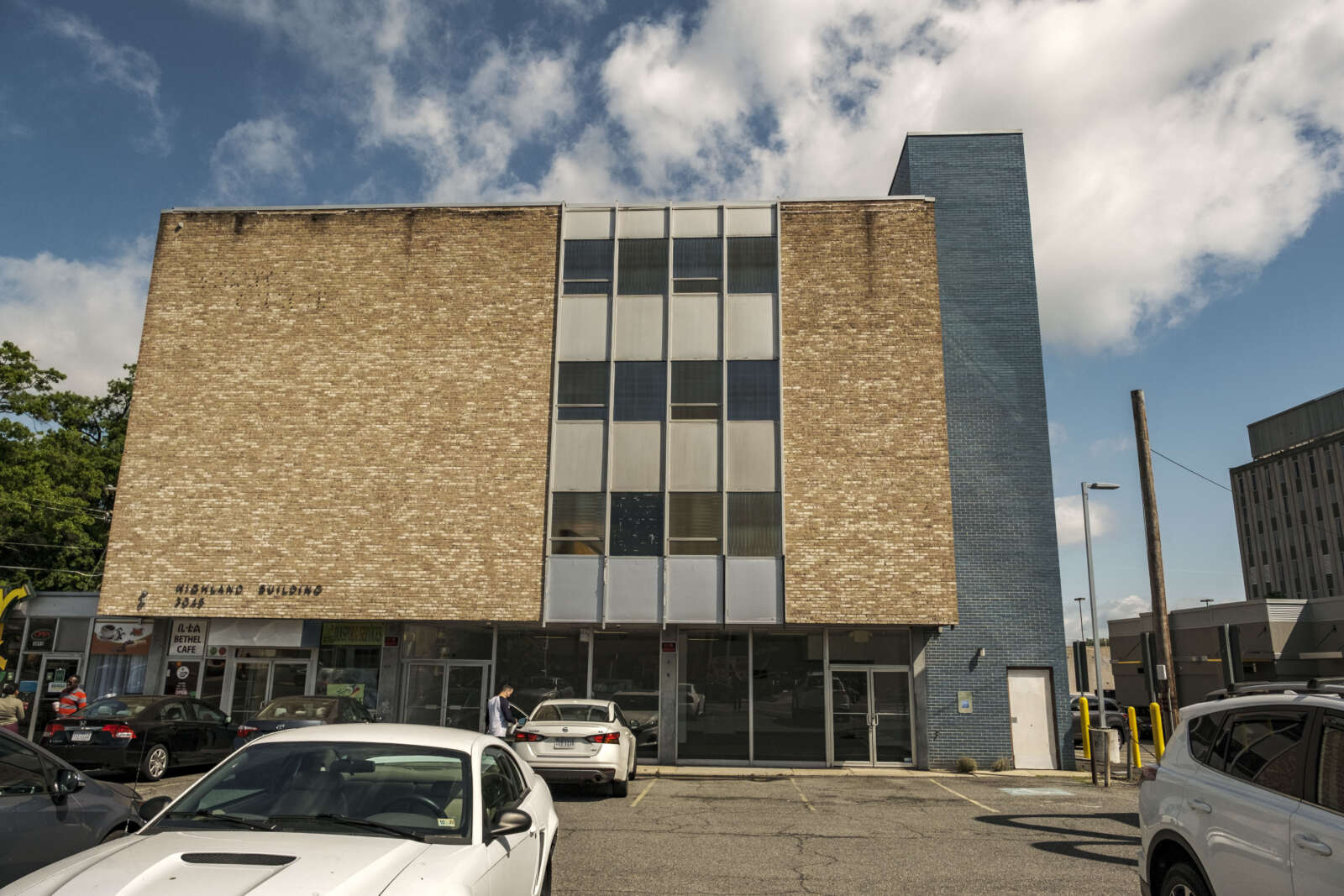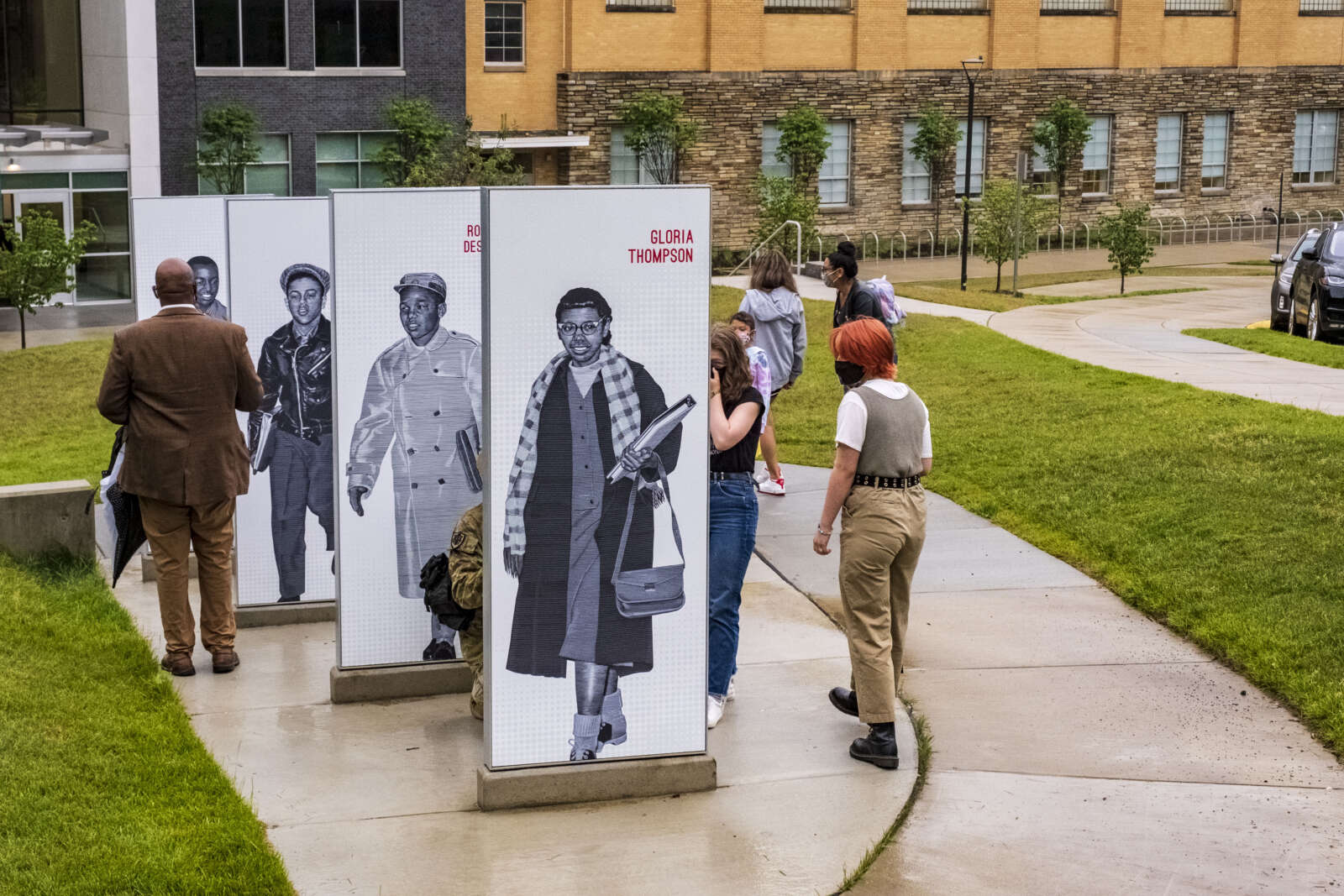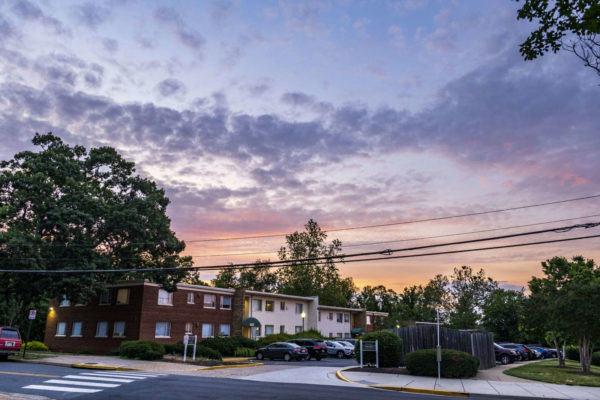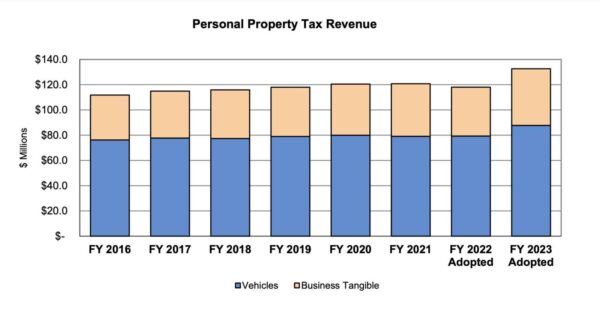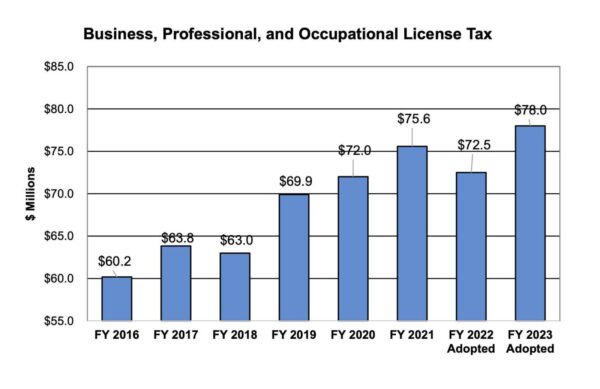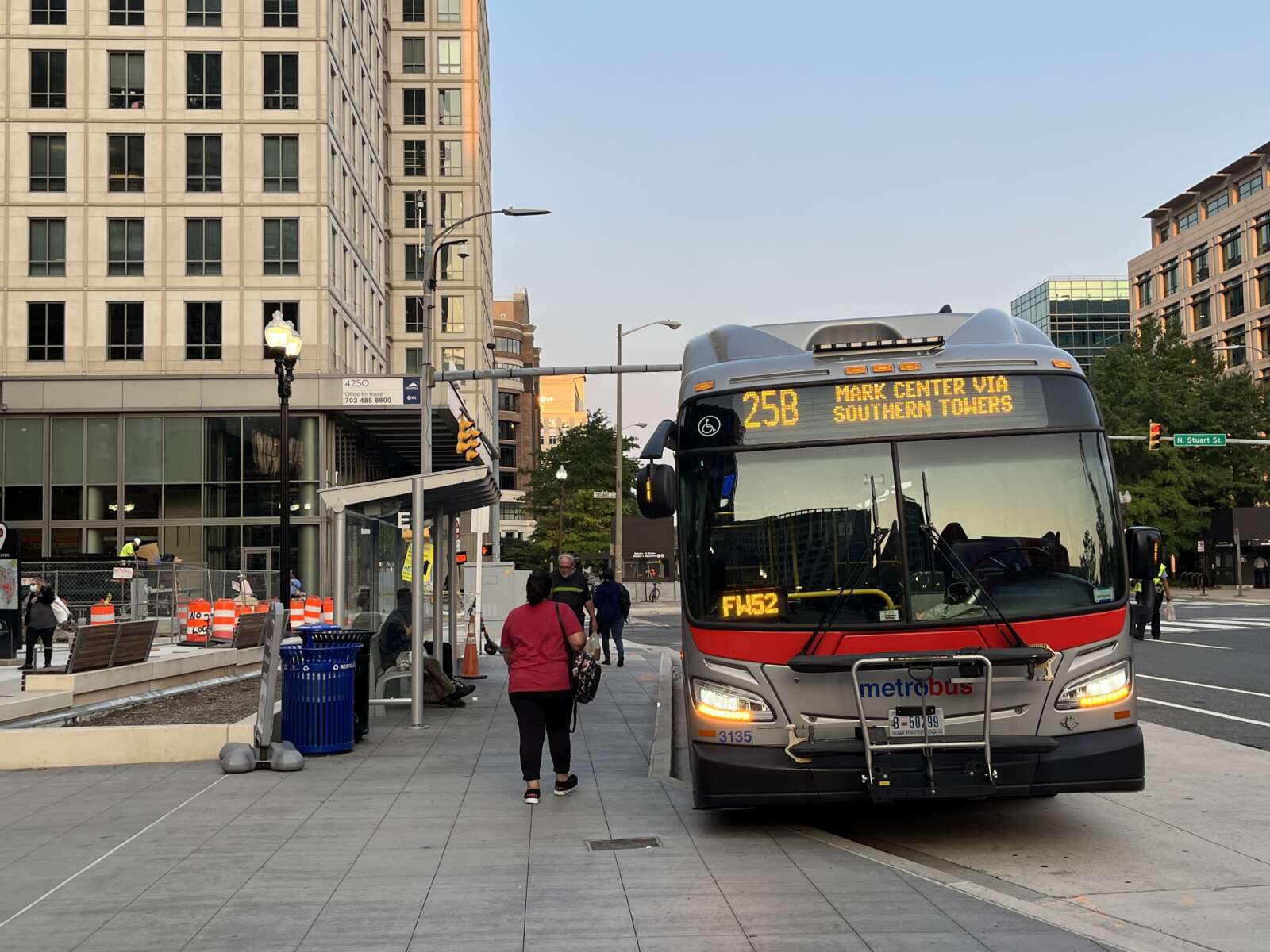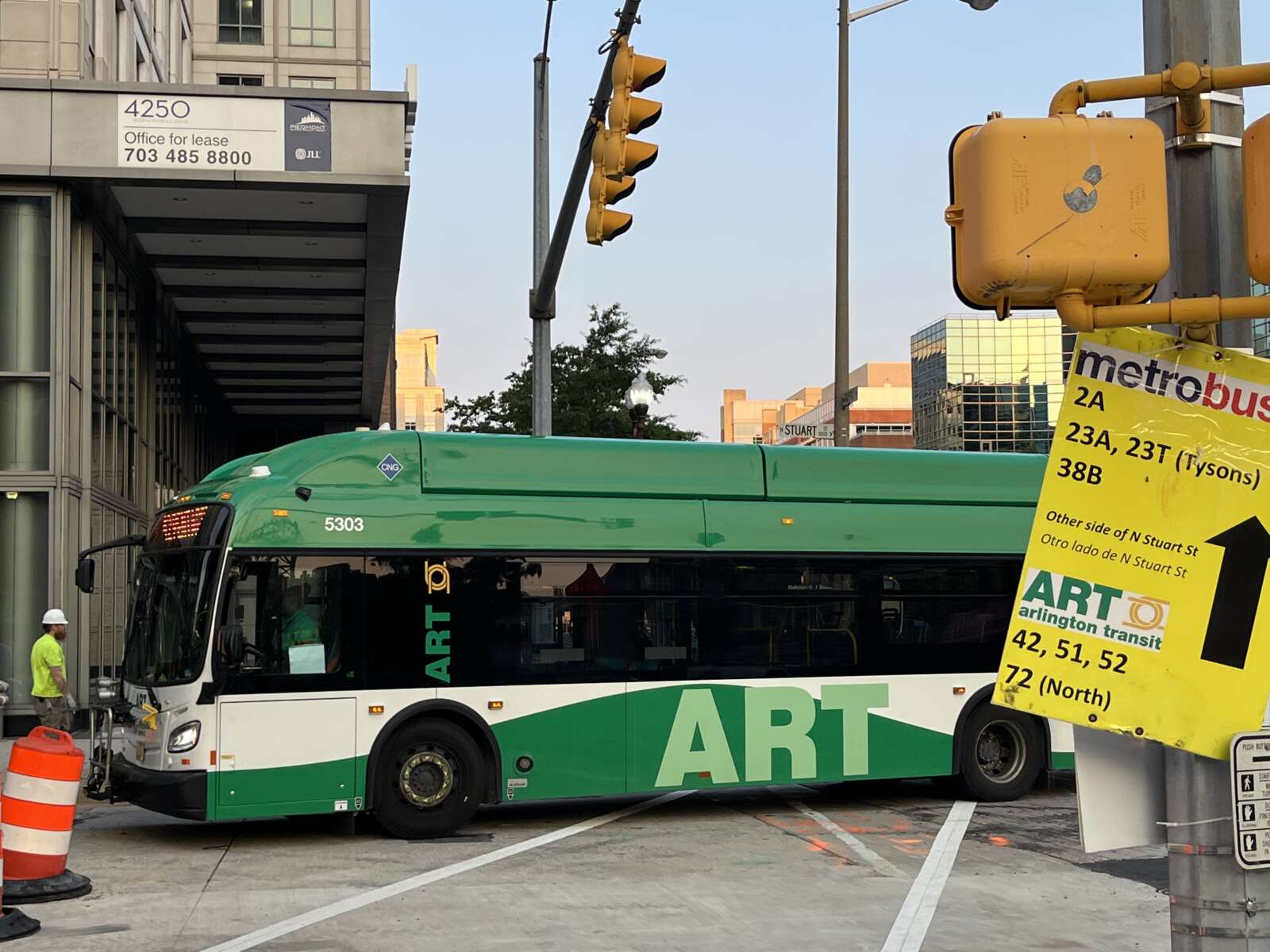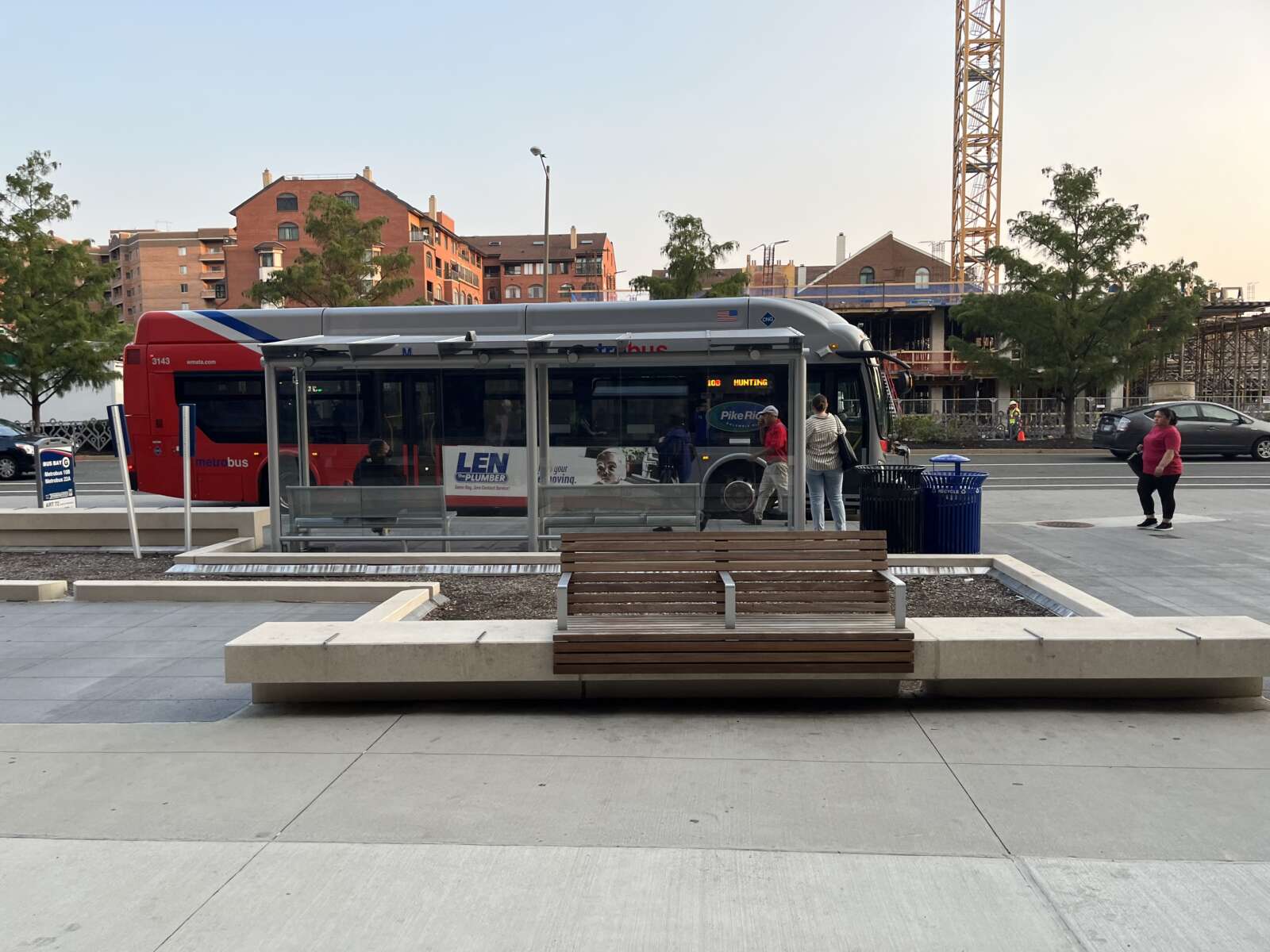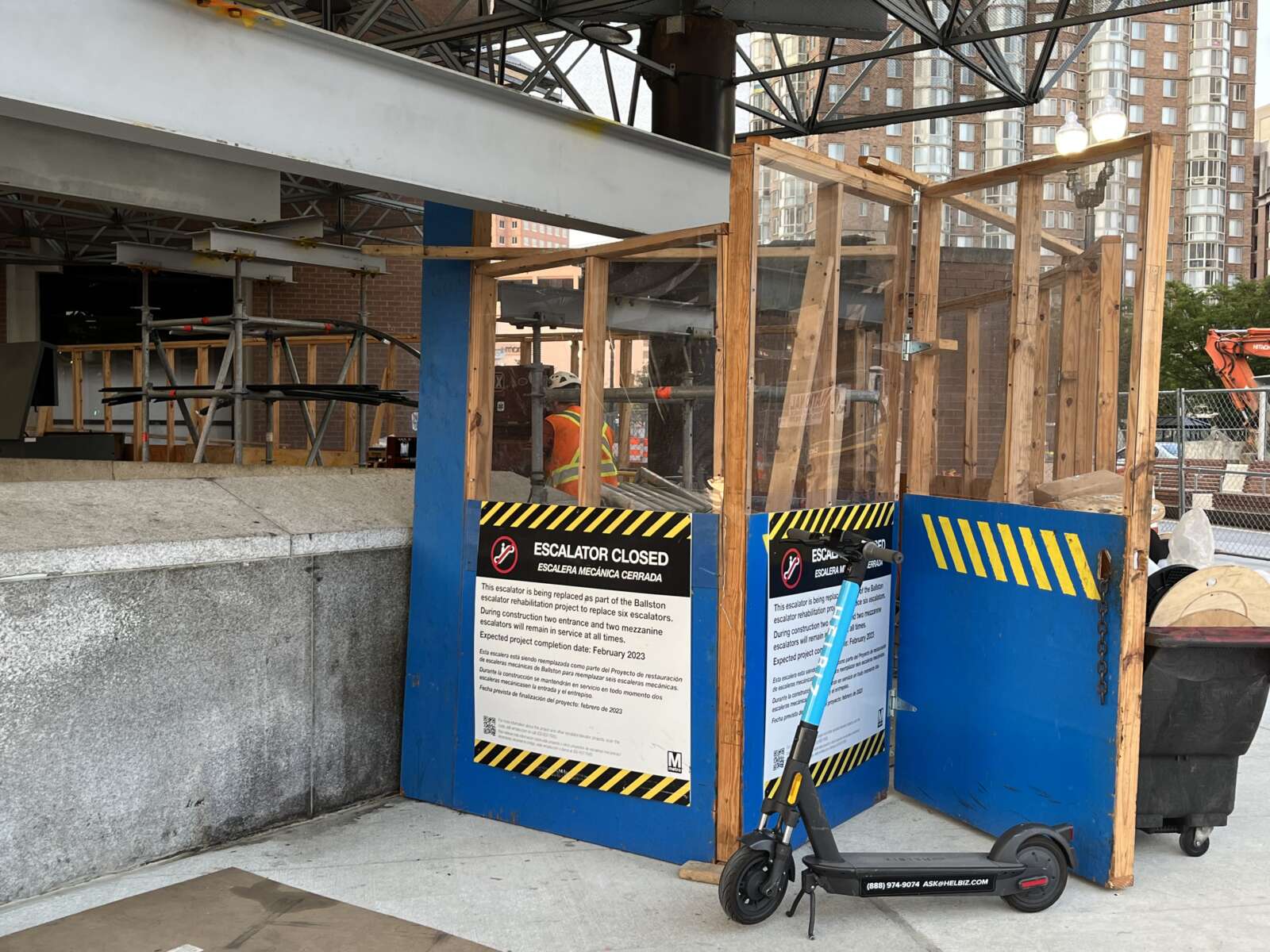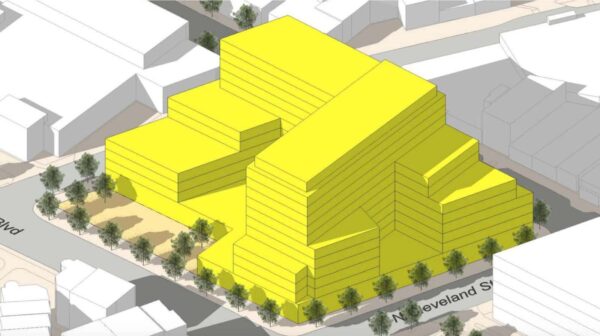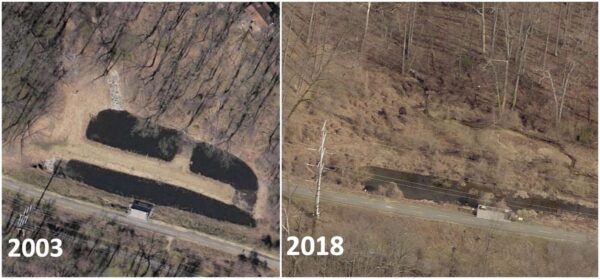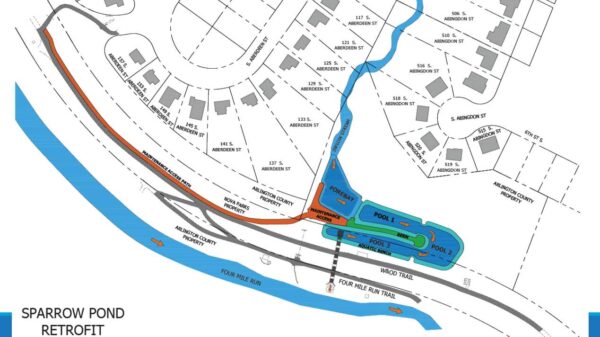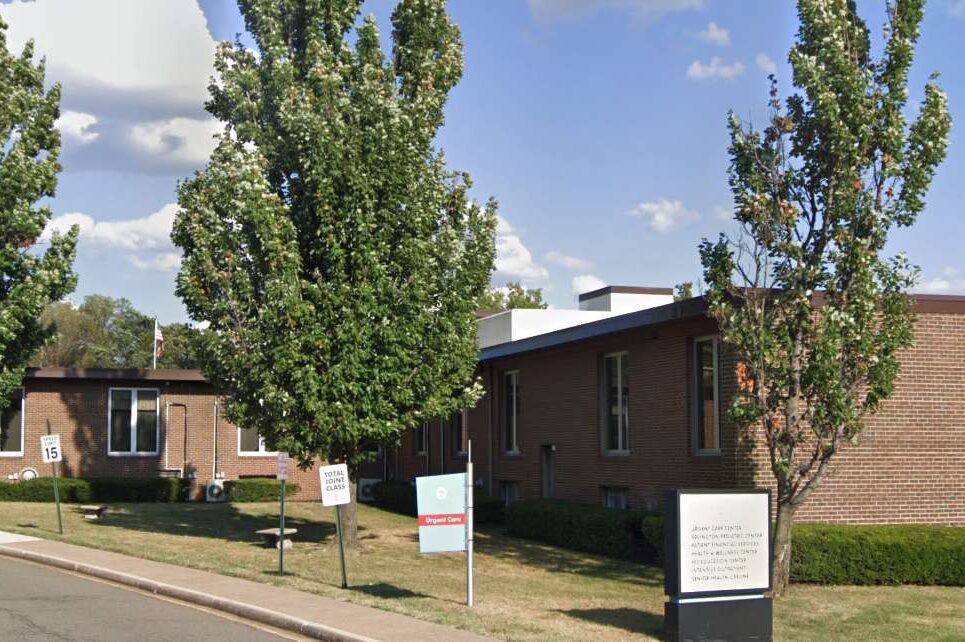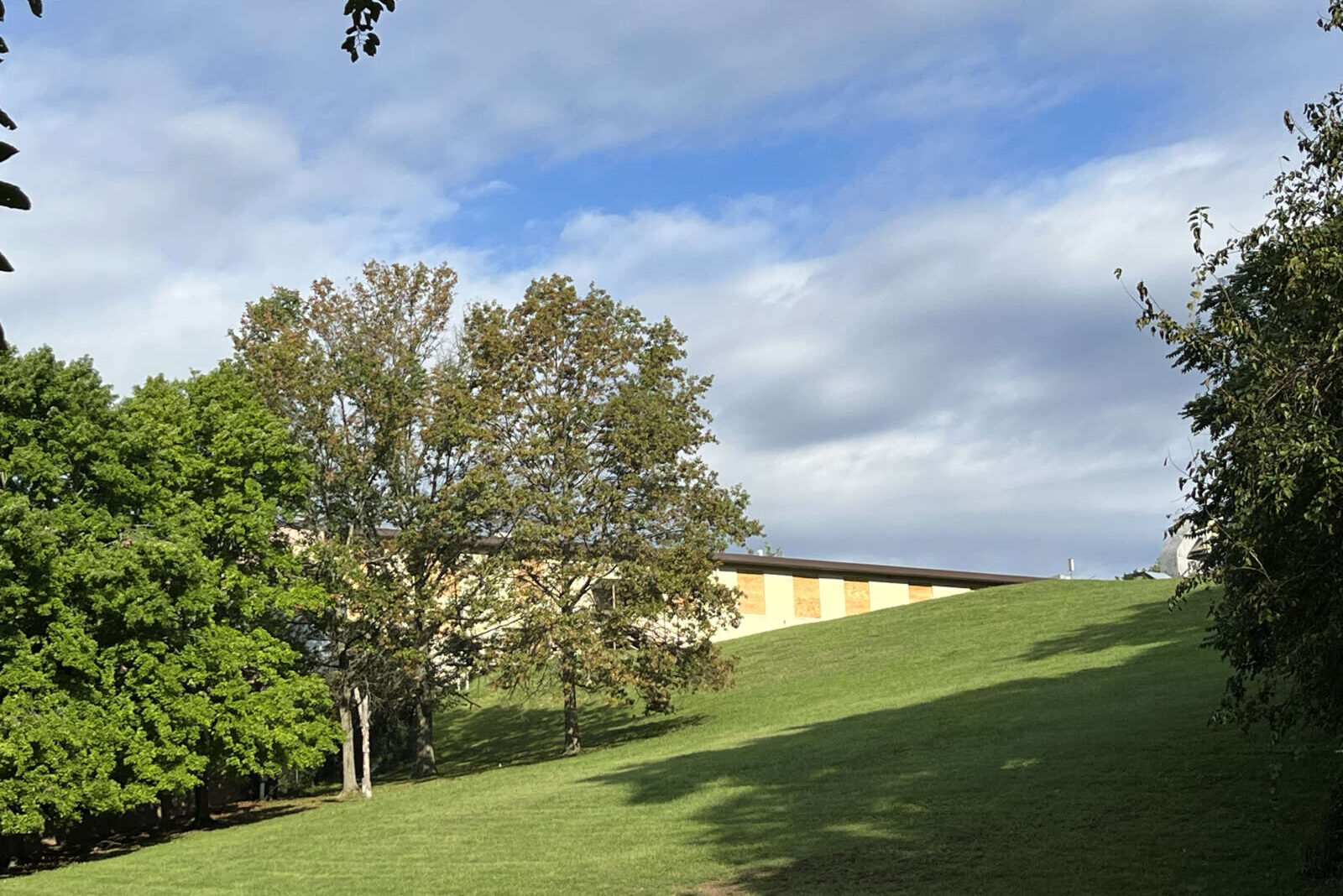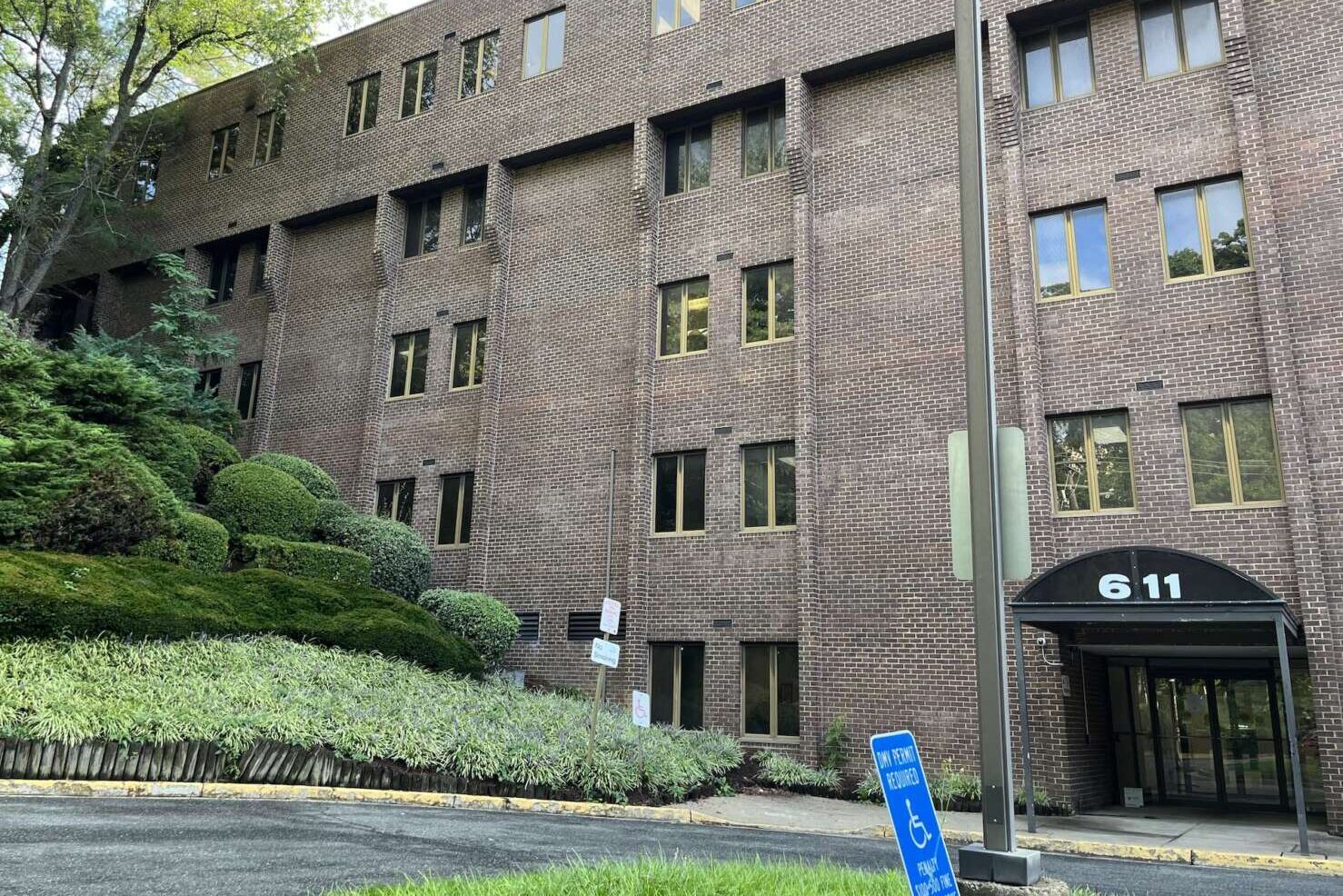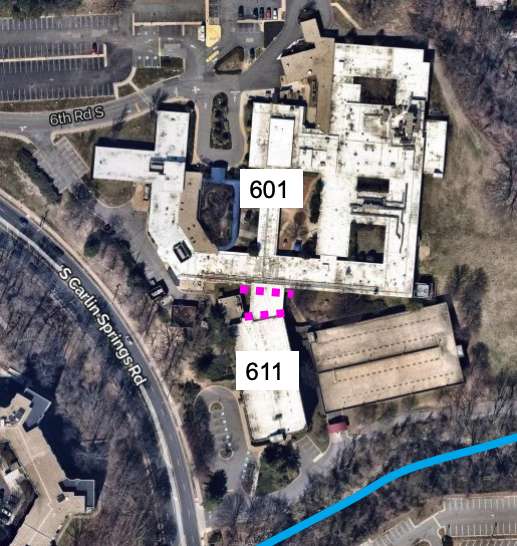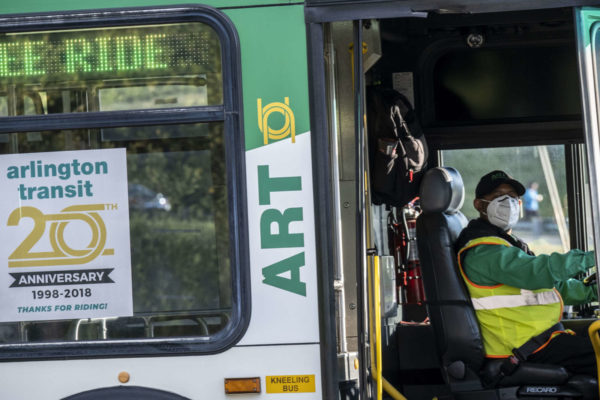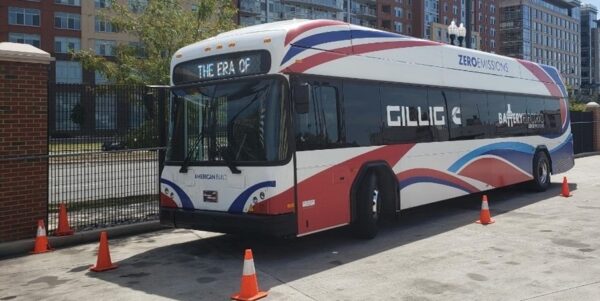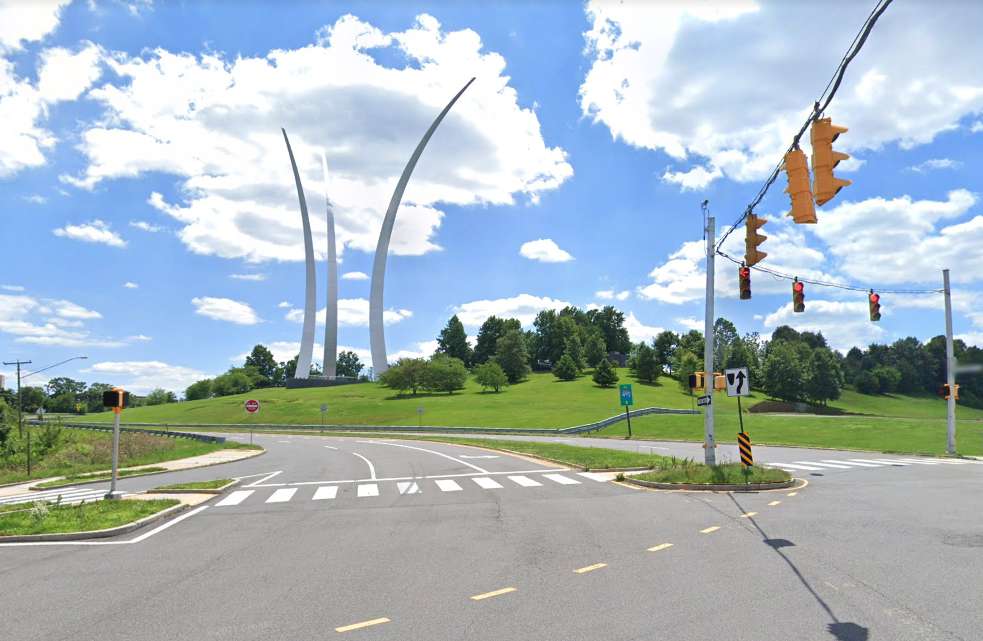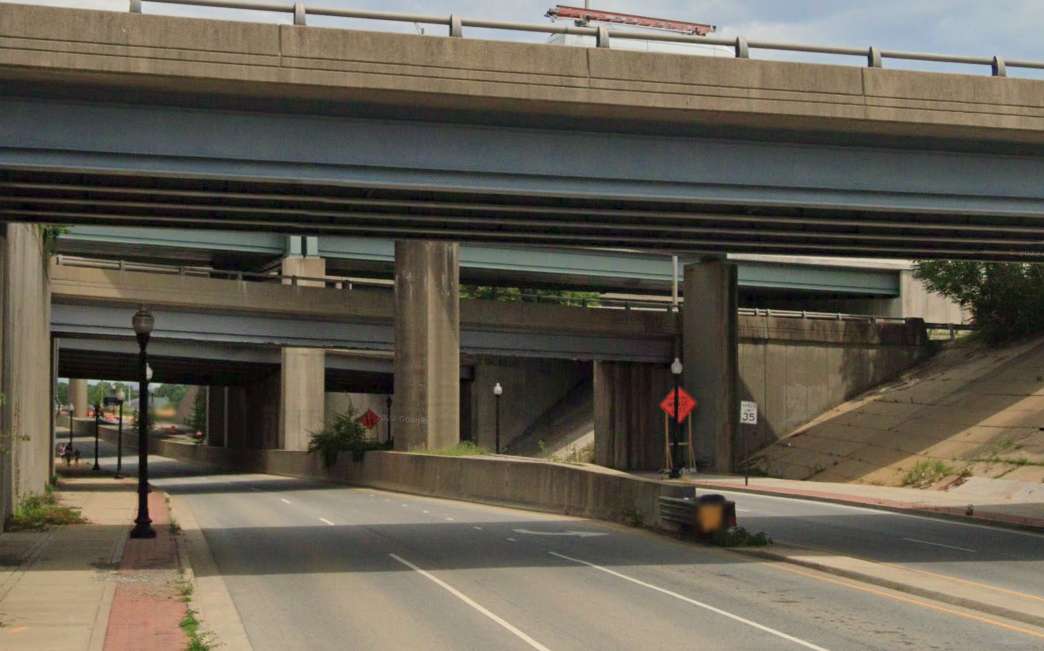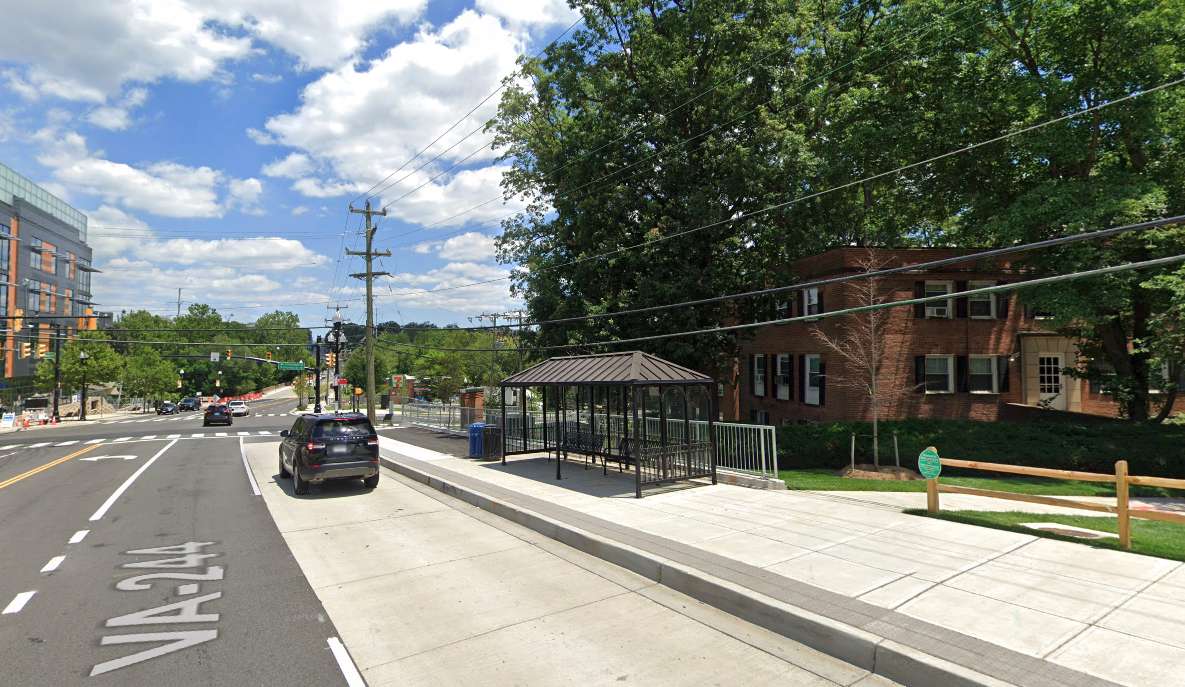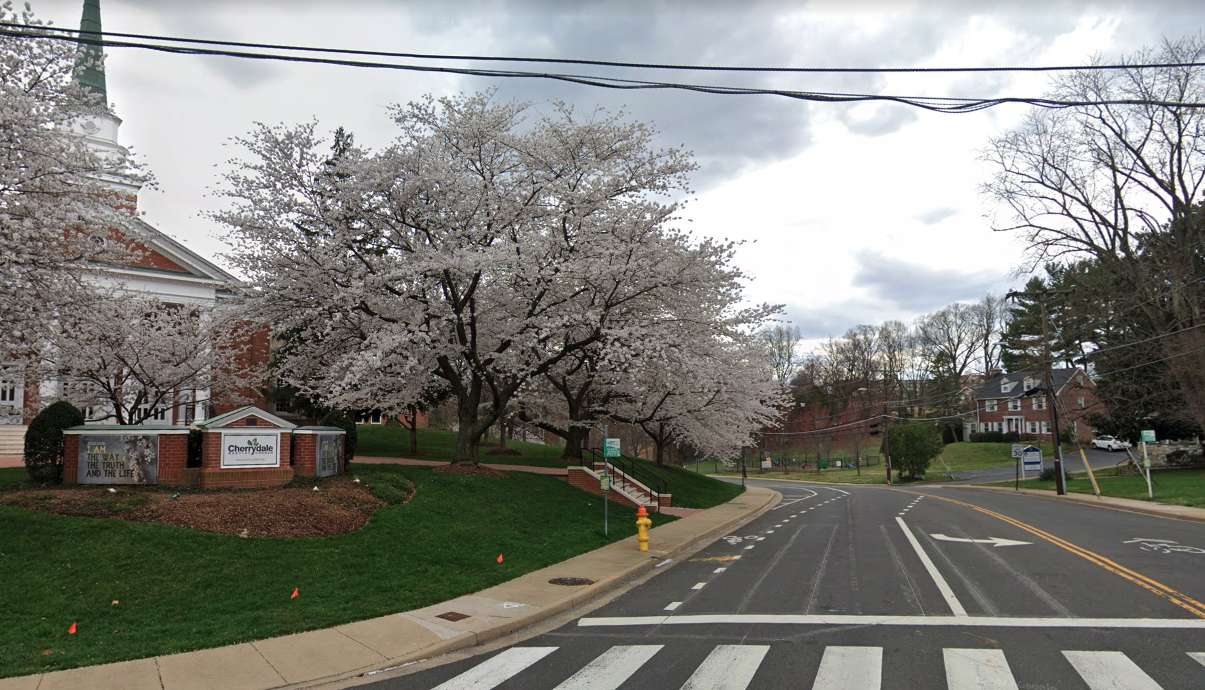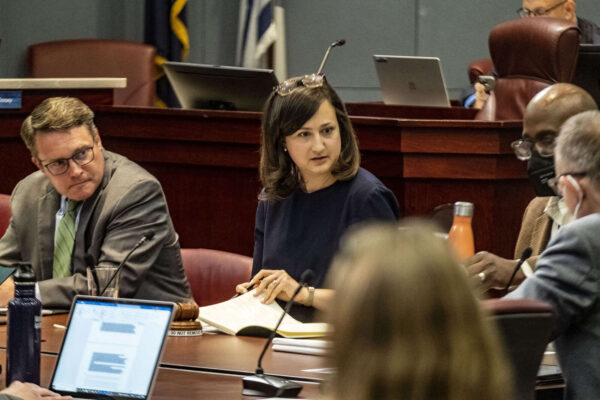
The Arlington County and School boards would be more competitive and diverse if they were bigger, better-paid and elected via ranked-choice voting, says a group of community leaders and former elected officials.
For about two years, members of the Arlington County Civic Federation Task Force in Government and Election Reform (TiGER) considered how to improve county politics by meeting with community members and hearing from other jurisdictions.
TiGER suggests elections where voters rank candidates by preference, with winners selected over the course of elimination rounds. It recommends expanding the five-member County and School boards to seven, paying them more, and electing three to four members every two years. To increase the boards’ sway in the region, chairs would have two-year terms, with the possibility for a second term.
“We have a once-in-a-generation opportunity right now to improve both the electoral and governance systems of the county to ensure that both the County Board and School Board better represent our diverse community as well as promote effective citizen engagement with our county government,” Allan Gajadhar, TiGER chair and immediate past president of CivFed, told the Arlington Committee of 100 last week.
Some of these ideas are already on the table: Early next year, the Arlington County Board could consider ranked-choice voting, which Virginia has allowed since July 2021. Meanwhile, $20,000 raises for County Board members were part of the Fiscal Year 2023 county budget (for the School Board, wages sit at only $25,000 for members and $27,000 for the chair).
Instead, some attendees were interested in bigger changes, including one TiGER ultimately dismissed: district-based representation.
They pressed Gajadhar and another TiGER member, former School Board Chair Tannia Talento, to explain why redistricting won’t work. They asked if Arlington should become a city with a mayor, or if voters should elect the County Manager, who the County Board appoints.
One asked whether chairs should be elected for four-year terms, not chosen by sitting board members to lead for one year. Another expressed interest in setting aside a County Board seat or two for members of non-dominant political parties.
Problems facing Arlington today
TiGER levied heavy criticism of Arlington’s political landscape. It said the County and School boards do not adequately reflect the the county’s racial and ethnic, socioeconomic and viewpoint diversity, in part because Arlington has had five-person boards since 1930, despite the population being eight times larger today.
Elections don’t ensure proportional representation, encourage the most qualified and diverse candidates or provide competitive races in general elections, it said. Primaries and caucuses discourage people from running and voting and prevent federal employees from running.
These critiques are shared by independent County Board candidates and skeptics of how the Arlington County Democratic Party endorses candidates for the non-partisan School Board. Those who lose the caucus in the spring agree not to run unaffiliated in November, making the end result similar to a primary.


